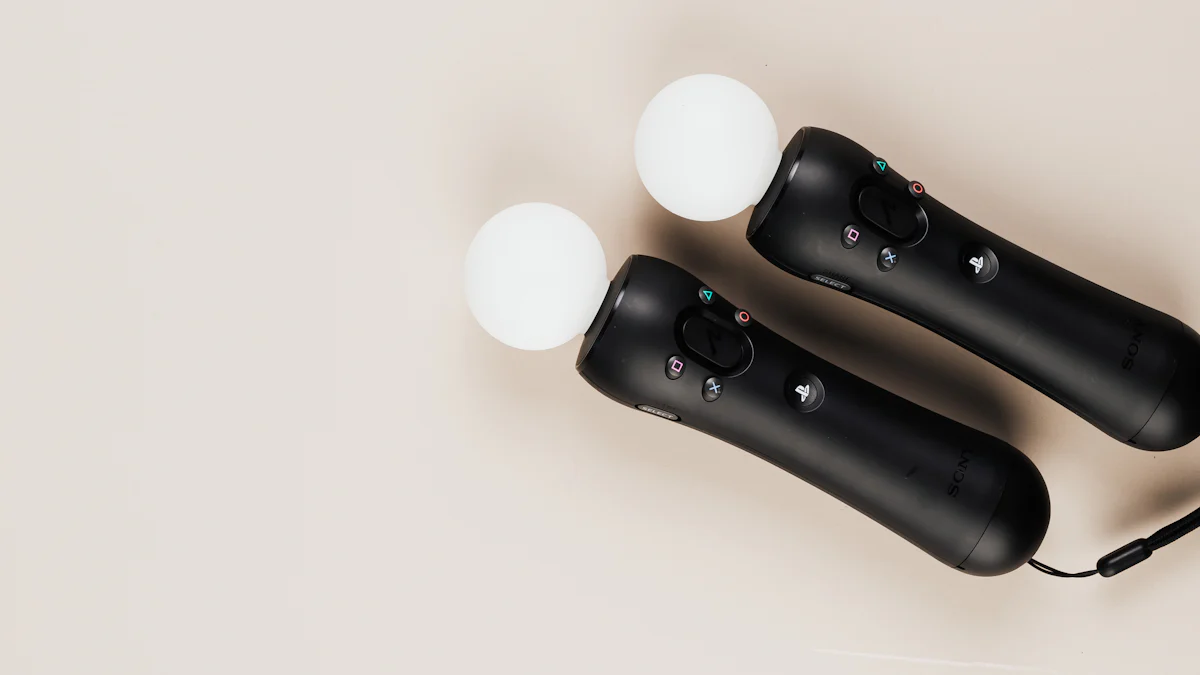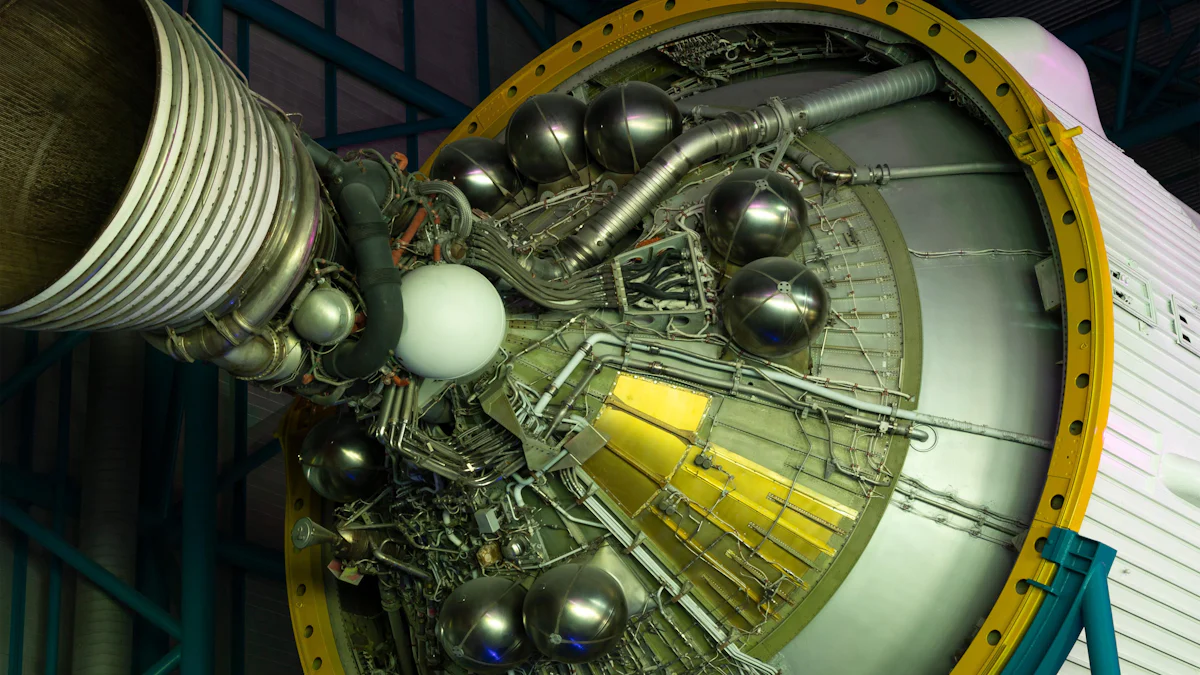Understanding the Main Body and Internal Components of a Flashlight

Exploring the Main Body of a Flashlight
The main body of a flashlight serves as the foundational structure that houses all its internal components, playing a crucial role in its overall functionality and usability. The significance of the main body lies in its material and design considerations, as well as its impact on ergonomics and durability.
The Significance of the Main Body in a Flashlight
Material and Design Considerations
The choice of materials for the main body of a flashlight is pivotal in determining its durability, weight, and resistance to environmental factors. Aircraft-grade aluminum, for instance, is commonly used due to its lightweight nature and robustness. Additionally, innovative designs incorporating ergonomic grips enhance user comfort during prolonged use.
Ergonomics and Durability
Ergonomics play a vital role in ensuring that the flashlight fits comfortably in the user's hand, allowing for extended periods of use without causing discomfort or fatigue. Furthermore, the durability of the main body ensures that it can withstand impacts and harsh conditions, making it suitable for various work or recreational environments.
Variations in Flashlight Main Body Designs
From Classic to Modern: A Brief History
The evolution of flashlight main bodies has been influenced by technological advancements and changing consumer needs. Early designs featured simple cylindrical shapes, while modern variations encompass sleek contours and specialized grips to cater to diverse user preferences.
Specialty Flashlights and Their Unique Bodies
Specialized flashlights, such as tactical models or those designed for specific outdoor activities, exhibit unique body designs tailored to their intended applications. For example, waterproof and shockproof bodies are essential features in flashlights designed for rugged outdoor use or emergency situations.
A Closer Look at the Internal Components of a Flashlight

The Light Source: Heart of the Flashlight
The evolution of light sources in flashlights has been remarkable, transitioning from traditional bulbs to LEDs. This shift has significantly impacted flashlight performance, with LED flashlights boasting longer battery life and enhanced durability. Scientific research findings indicate that LED flashlight battery life is six to ten times longer than traditional ones, making them more energy-efficient and cost-effective in the long run.
Powering the Flashlight: Batteries and More
Flashlights utilize various types of batteries, including disposable and rechargeable options. Recent advancements in battery technology, such as the introduction of lithium-ion batteries, have revolutionized the performance and lifespan of rechargeable LED flashlights. Studies show that LED technology is significantly more energy-efficient than traditional incandescent bulbs, consuming less power while providing brighter illumination.
Switching It On: The Role of the Switch Mechanism
The switch mechanism plays a crucial role in activating the light source within a flashlight. Different types of switches are employed based on the design and intended use of the flashlight. Research indicates that advancements in switch technology have contributed to improved usability and functionality, enhancing user experience across various applications.
Reflecting on the Reflector and Lens
The reflector and lens are integral components that significantly influence the performance and light output of a flashlight. Understanding their roles is crucial in comprehending the functionality of these internal components.
How Reflectors Shape the Beam
Reflectors play a pivotal role in shaping and directing the beam of light produced by a flashlight. By utilizing reflective surfaces strategically positioned around the light source, reflectors ensure that the emitted light is focused and dispersed in a controlled manner. This results in a more concentrated and efficient beam, enhancing visibility and illumination over longer distances.
The Role of Lenses in Light Output
Lenses within flashlights serve to refine and optimize the quality of the emitted light. They work in conjunction with the reflector to control the dispersion pattern of the beam, ensuring uniformity and clarity. Additionally, specialized lenses can be employed to modify the characteristics of the light, such as creating a spotlight or floodlight effect based on specific requirements.
These components work harmoniously to deliver an optimal lighting experience, making them essential considerations in flashlight design and performance.
Understanding the Functionality of Flashlight Components
Bringing It All Together: How Components Interact
The main body of a flashlight serves as the foundation that houses and integrates all its internal components, creating a synergy that determines the overall performance and functionality. The interaction between the light source, power supply, and optics is pivotal in delivering an efficient and effective lighting solution.
When comparing reflectors and aspheric lenses, it's evident that reflectors concentrate light emitted by the bulb into a directed beam, allowing for variable-focus effects from wide floodlight to narrow beam. On the other hand, aspheric lenses spread out light and are inefficient, wasting lots of light. Reflectors form a narrow beam called the 'throw' and may have a flat transparent cover or a plastic/glass 'bulls-eye' lens to form a concentrated beam. Aspheric lenses have very good throw for the size and better lux/kcd performance. Lenses collect more light from the LED and make the hotspot brighter, resulting in further throw. Reflectors gather incoming parallel light rays and focus them onto a single point, enhancing the clarity of distant objects.
Case Studies: Flashlights in Action
Real-world applications showcase how these components interact to deliver practical lighting solutions. For instance, flashlights used in search-and-rescue operations require powerful beams with long throw distances to illuminate large areas effectively. In such scenarios, high-quality reflectors play a crucial role in focusing the light emitted by LEDs to achieve optimal visibility over extended distances.
Innovations in Flashlight Technology
Future Trends in Flashlight Design
The future of flashlight design is poised to witness advancements in materials and technologies that enhance durability, efficiency, and user experience. Innovations such as advanced composite materials for main body construction and improved energy storage solutions are expected to revolutionize flashlight designs.
The Impact of Technology on Flashlight Efficiency
Technological advancements continue to drive improvements in flashlight efficiency through enhanced power management systems, optimized optics, and sustainable energy sources. These developments aim to maximize illumination output while minimizing energy consumption, contributing to environmentally friendly and cost-effective lighting solutions.
2024/5/7
See Also
Comprehending the Meaning of a Tactical Flashlight
Grasping the Release of Rechargeable Flashlights
Exploring the Idea of Continuous Dimming in Flashlights
